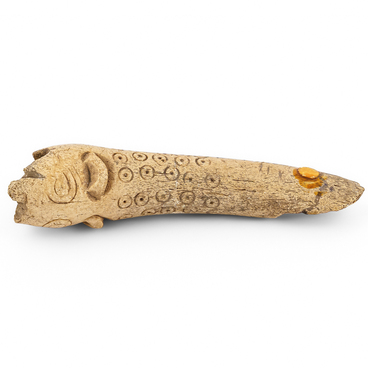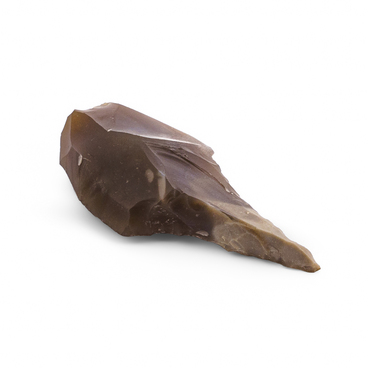The cheekpieces, parts of an ancient horse bridle, from the museum’s collection originate from the Podgorensky hoard, which was unearthed in the Voronezh region in 2016. This hoard dates back to the 8th–7th centuries BCE. It was an accidental find and not the result of archaeological excavations.
One of the significant achievements of humanity was the domestication of animals, including horses. The process of domesticating horses was relatively recent, probably occurring during the Copper Age. Initially, humans were interested in horses as a source of food. Attempts to utilize horses as means of transportation faced various challenges, such as the imperfection of harnesses and the aggressive nature of early domesticated horses. Ultimately, it was not until the Middle Bronze Age that docile breeds and effective methods for controlling horses had been developed.
Cheekpieces were an essential component of the earliest horse harnesses. They were primarily used to control horses harnessed to chariots. Cheekpieces were attached to the corners of a horse’s mouth with spikes touching the animal’s skin. A wide band was secured through vertical holes using tendons or thin straps. These powerful spikes caused discomfort for the horse but allowed the charioteer to make sudden stops and turns.
During the Middle and Late Bronze Ages, several archaeological cultures in the Northern Black Sea region used cheekpieces and chariots, as confirmed by findings, including the discovery of charioteer burials. Most researchers believe that these were war chariots used to facilitate long-distance campaigns and conquests.
Cheekpieces were also discovered near the village of Bogoyavlenka in the Voronezh region. Archaeologists excavated a single burial mound, where they found one intact cheekpiece and fragments of another one, with spikes inserted in one of them. The well-preserved and intact artifact had a rectangular plate with a large hole in the center and four spikes closer to the corners.
The outer and side surfaces of the cheekpiece was sometimes decorated. For example, spiral curls were arranged in a row under the plate of one of the examples found in the area. These formed what is known as a “running” spiral pattern. The ends of the spikes and the side faces of cheekpieces were also adorned.



